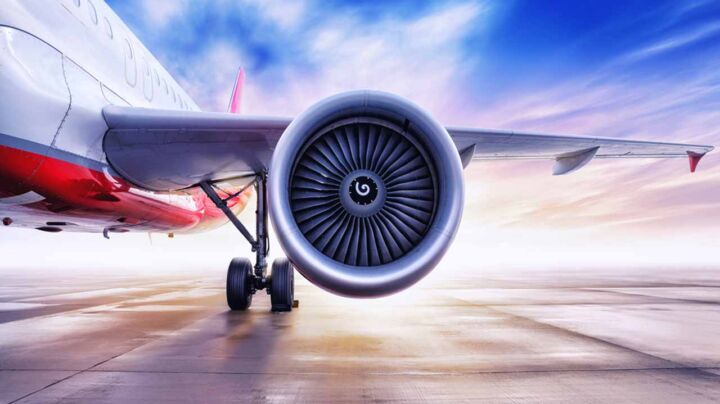World airlines have welcomed the increasing momentum towards re-opening of borders and relaxation of travel restrictions, as COVID-19 moves into the endemic phase.

The airlines under the aegis of International Air Transport Association (IATA) said there is sufficient evidence to show that testing and quarantine are no longer scientific barriers against COVID-19 infection.
An IATA survey of travel restrictions for the world’s top 50 air travel markets, comprising 88 per cent of international demand in 2019 as measured by revenue passenger kilometres, revealed the growing access available to vaccinated travellers. A total of 25 markets, representing 38 per cent of 2019 international demand, are open to vaccinated travellers without quarantine measures or testing requirements—up from 18 markets (28 per cent of 2019 international demand) in mid-February.
Thirty-eight markets representing 65 per cent of 2019 international demand are open to vaccinated travellers with no quarantine requirements—up from 28 markets (50 per cent of 2019 international demand) in mid-February. Repeated surveys of passengers by IATA during the pandemic have shown that testing and especially quarantine are major barriers to travel.
The regional variations in the degree of openness among the markets are stark. Travel in Asia remains heavily compromised by COVID-19 restrictions. While North American and European international traffic rebounded to -42 per cent of their 2019 peaks last year, traffic in Asia Pacific remained at -88 per cent. Even in this region, however, there has been some progress, with India and Malaysia among the countries recently announcing relaxation of restrictions.
The easing of measures reflect the growing consensus that travel restrictions such as border closures and quarantine do little to control the spread of COVID-19. A recent report by OXERA and Edge Health, looking at the spread of the Omicron variant in Europe, concluded that travel restrictions may only delay the peak of a wave by a few days.
IATA’s Director General, Willie Walsh, noted that the world is largely open for travel. “As population immunity grows, more governments are managing COVID-19 through surveillance, as they do for other endemic viruses. That is great news for a growing number of destinations that will receive a much-needed economic boost from the upcoming Easter and Northern Summer travel seasons. Asia is the outlier.
“Hopefully, recent relaxations including Australia, Bangladesh, New Zealand, Pakistan, and the Philippines are paving the way towards restoring the freedom to travel that is more broadly enjoyed in other parts of the world,” Walsh said.
Meanwhile, IATA has announced the launch of Practice Per-Passenger CO2 Calculation Methodology. IATA’s Methodology, using verified airline operational data, provides the most accurate calculation methodology for the industry to quantify carbondioxide (CO2) emissions per passenger for a specific flight.
As travelers, corporate travel managers, and travel agents are increasingly demanding precise flight CO2 emission information, an accurate and standardised calculation methodology is critical. This is particularly true in the corporate sector where such calculations are needed to underpin voluntary emissions reductions targets.
“Airlines have worked together through IATA to develop an accurate and transparent methodology using verified airline operational data. This provides the most accurate CO2 calculation for organisations and individuals to make informed choices about flying sustainably. This includes decisions on investing in voluntary carbon offsetting or sustainable aviation fuel (SAF) use,” Walsh said.
IATA’s Methodology takes into account the following factors: guidance on fuel measurement, aligned with the Carbon Offsetting and Reduction Scheme for International Aviation (CORSIA), clearly defined scope to calculate CO2 emissions in relation to airlines’ flying activities. Guidance on non-CO2 related emissions and Radiative Forcing Index (RFI), and weight-based calculation principle: allocation of CO2 emission by passenger and belly cargo, among others.
“The plethora of carbon calculation methodologies with varying results creates confusion and dents consumer confidence. Aviation is committed to achieving net zero by 2050. By creating an accepted industry standard for calculating aviation’s carbon emissions, we are putting in place essential support to achieve this goal. The IATA Passenger CO2 Calculation Methodology is the most authoritative tool and it is ready for airlines, travel agents, and passengers to adopt,” Walsh said.
Support InfoStride News' Credible Journalism: Only credible journalism can guarantee a fair, accountable and transparent society, including democracy and government. It involves a lot of efforts and money. We need your support. Click here to Donate
